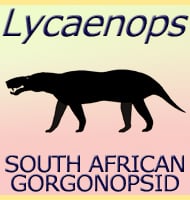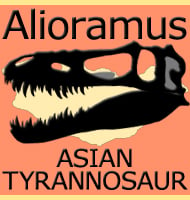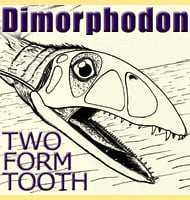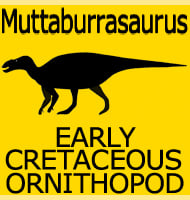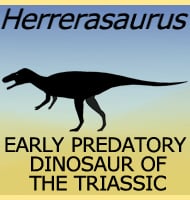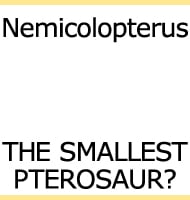In Depth
Like with many early named dinosaur genera, the taxonomic history of Acanthopholis is in the simplest terms a mess. Numerous species have been named, reallocated, moved to other genera, and back again, but all of the fossils involved have been isolated bones found in association to one another. The first bones assigned to the genus appear to be those of a nodosaurid, a kind of quadrupedal dinosaur covered with armour. Remains of ornithopod dinosaurs have been mistakenly assigned to the genus in the past, furthering confusion about the validity of the genus and the species attributed to it. For this reason Acanthopholis is widely regarded as being a dubious genus since the available material for it is not considered diagnostic enough to identify further individuals.
One species of Acanthopholis, A. platypus was transferred to Macrurosaurus, though this action has been questioned.
Further Reading
- On Acanthopholis horridus, a new reptile from the Chalk-Mar, Thomas Henry Huxley - 1867. - A systematic review of ankylosaurian dinosaur remains from the Albian-Cenomanian of England, Xabier Pereda-Superbiola & Paul M. Barrett - 1999.

